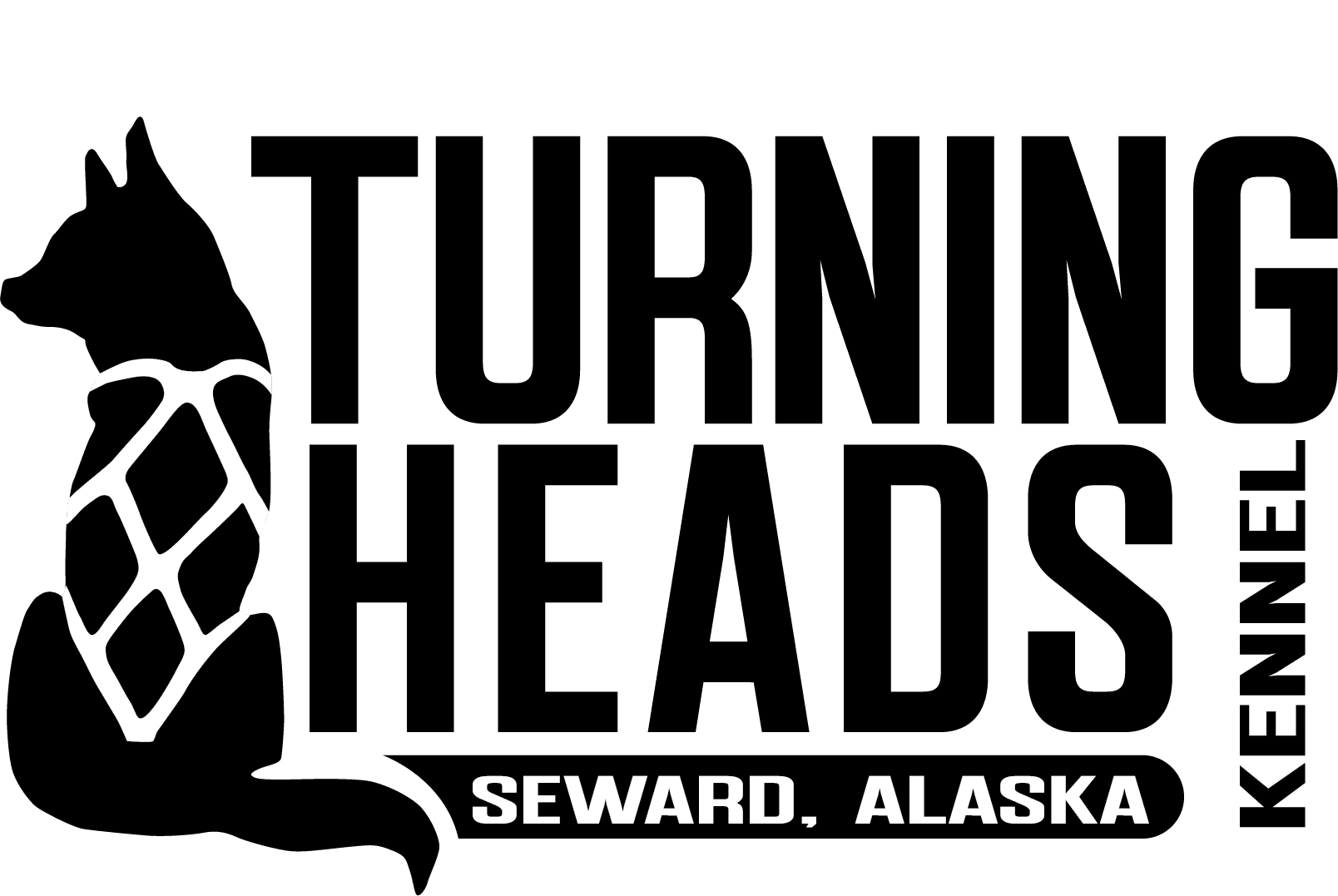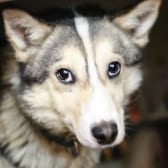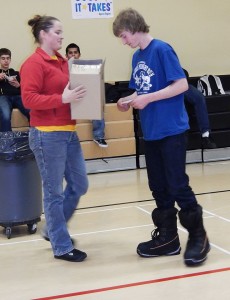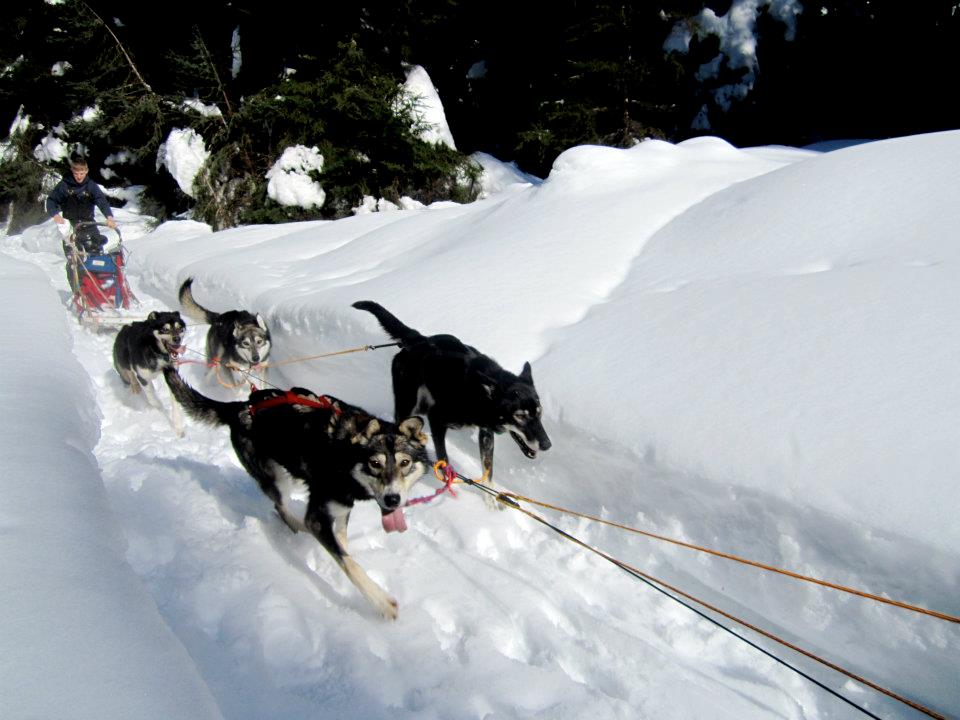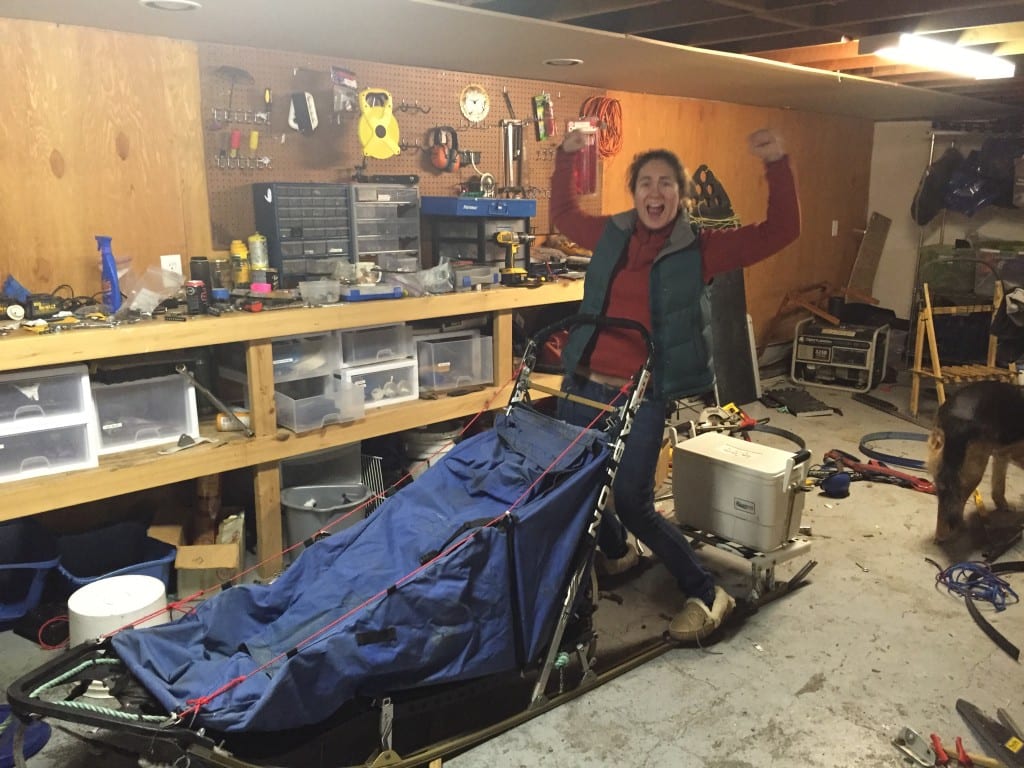The Historic Iditarod Trail
Long before there was a dogsled race, the Iditarod trail served as a vital part of the early Alaskan economy. The historic Iditarod trail ran from Seward, Alaska to Nome, Alaska. The purpose of the trail was to get freight from the northern most ice free port of Seward into the interior of the state. The trail was primarily a dog sled trail — although the portion from Seward to Nenana was eventually taken over by the Alaska railroad.
According to the Alaskan Bureau of Land Management, from 1880 to the early 1900s “the non-Native population [of Alaska] boomed from 430 people in 1880 to some 36,400 in 1910” due to the gold that was being found in Nome, Iditarod, Hope, Ophir and Ruby. The trail provided a valuable lifeline and dog sledding became the preferred method of travel.
The 1908 discovery of gold in Ophir and Ruby was one of the largest gold discovered with approximately $30 million worth of gold being removed from the areas. Although river traffic could provide transportation in the summer months, after freeze-up transportation relied solely upon the dogs.
Traveling on these trails was made easier for mail carriers by establishing cabins along the way, approximately every 20 or so miles. These roadhouses served as a convenient place for the couriers to rest their dogs at days end so they could continue down the trail. The mail the couriers brought was a welcome relief from the isolation that the long, dark Alaskan winters often brought the prospectors. Most couriers only ran a small section of the Iditarod trail, relying on relays to get mail and other essential freight in and out of the interior.
But as quickly as the miners came, the onset of world war 1, the rise of the airplane, the “drying” up and the consolidation of the gold field claims, saw the miners leave. By the mid 1930s all but a few of the dog sled mail couriers had been replaced by bush pilots.
The trail then fell into limited use until the Iditarod Sled Dog Race began in 1973 as a way to help preserve dog sledding in the state of Alaska.
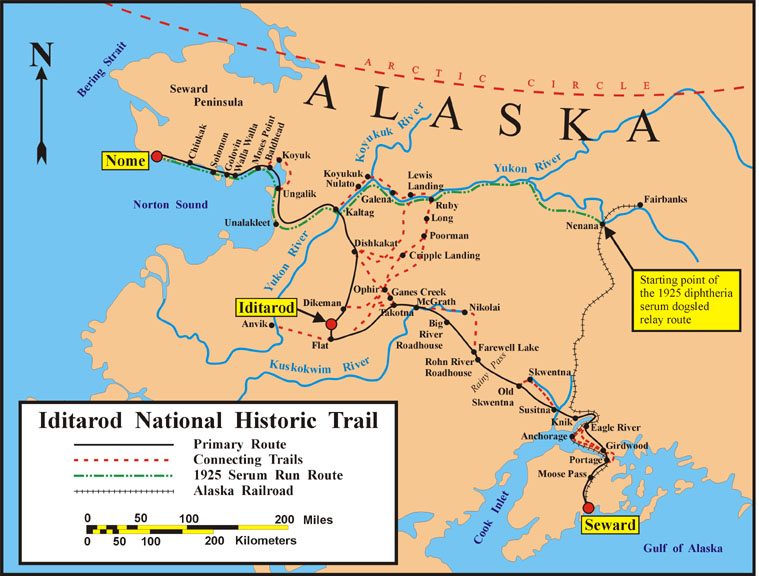
The Iditarod Sled Dog Race
Against popular belief, The Iditarod Sled Dog Race does not commemorate the famous 1925 serum run to Nome (the green dotted line on the map above) ; the race commemorates the famous gold & mail trail that ran through the interior part of the state. By 1977 the Iditarod trail had become a national historic trail. Not only did the race serve as a way to help mushing stay alive, it also helped the trail become a national landmark. You can learn more about the Iditarod sled dog race on our blog post What Is The Iditarod Sled Dog Race.
Additional Resources
There are a number of resources available for those wanting to learn more about the historic Iditarod trail. The Alaska Bureau of Land Management has a great website with lots of historical information. You can check that out here. The Iditarod Historic Trail Alliance is a group of individuals dedicated to the continued preservation of the Iditarod trail. They have some great information for anyone wanting to learn more. You can visit their website here. Additional trail information is also available from the Alaska Department of Natural Resources.
